The liberal dog whistle hints film will be toxic for flag-waving patriots
Days before the most anticipated movie of the summer opens, its director may just have tanked the box office. In a July 4, 2025, interview with The Sunday Times, director Gunn said, “Superman is the story of America. An immigrant that came from other places and populated the country, but for me, it is mostly a story that says basic human kindness is a value and is something we have lost.” This might be an innocuous statement by the foaming-at-the-mouth, MAGA-hating standards of Hollywood. But placed in context of the Trump administration’s aggressive repatriation of criminal illegal aliens, it seems to echo the same, tired liberal line that enabled a border crisis that has created an internal, national security crisis. It throws shade on those Americans who are tired of headlines replete with illegal immigrant violence, which has ruined the lives of so many of our fellow citizens. In true CNN form, Gunn implies that if you care more about Laken Riley than you do her murderer, Jose Antonio Ibarra, you’re a xenophobic, racist bigot, who has lost the value of basic human kindness.
In tooting his liberal dog whistle, Gunn offends more than half the nation. He also reveals that he gets America totally wrong. (What liberal doesn’t?) But most importantly for DC’s upcoming film release, the director tabbed with rebooting the Superman franchise has telegraphed that he hasn’t a clue about the iconic comic book hero. We’ll take these points separately, and as always, America first.
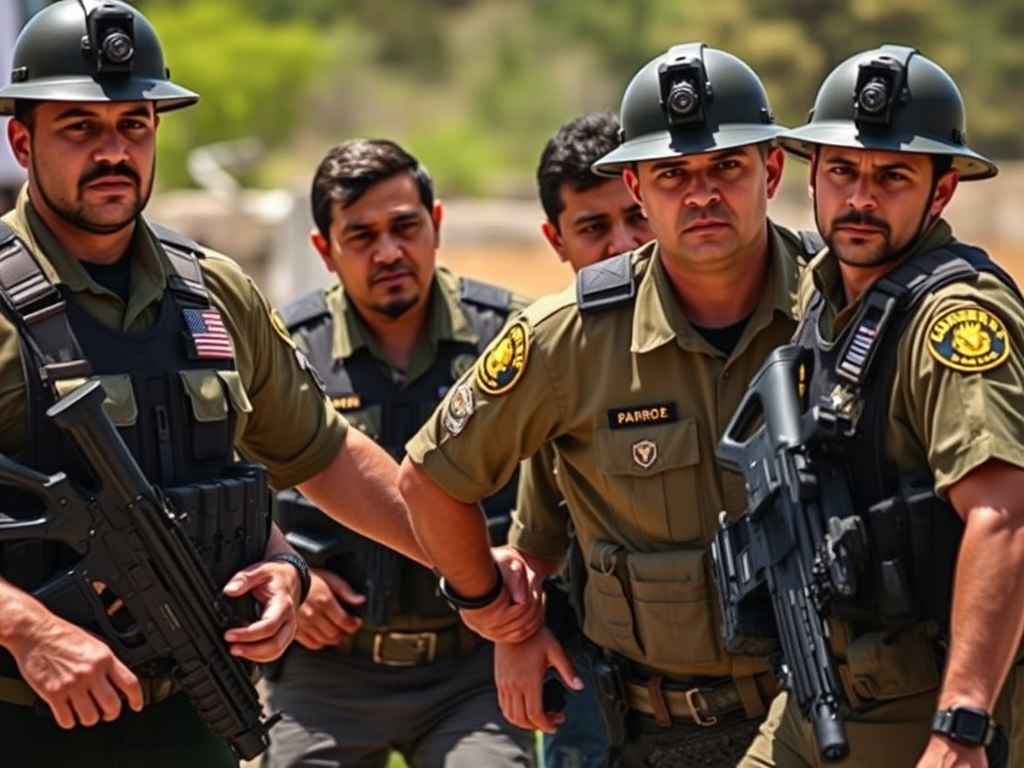
Those Americans who support the aggressive repatriation of illegal aliens do not hold this stance due to bigotry, hatred, xenophobia, white nationalism, or any of the common calumnies the main stream media regularly recycles. We believe that if a nation is to exist, it needs borders and laws. Both have been violated, and we must correct that situation. We believe in fairness, particularly towards those hoping to immigrate via the legal process. We believe in security, which means being free from criminal gangs and terrorist sleeper cells. And we believe that exceptions prove the rule, they do not obliterate the rules. Therefore, if you cite an illegal alien who is otherwise a solid individual, we’ll concede he’s not likely to bomb a skyscraper. However, it’s madness to think that his reluctance to bomb a skyscraper justifies his continued existence in this country. He broke the law; he’s got to go. Period.
Gunn implies that since immigrants “came from other places and populated the country,” the country owes a debt to all foreigners everywhere, which can only be repaid by granting unfettered access. He associates this with kindness, but by every practical metric, it’s madness. This reminds us of an important point Vice President J.D. Vance made recently about the Christian duty to love our neighbors. Liberals regularly assert that putting up border fences to keep out Third World migrants is a failure to follow that great commandment. But this view, if implemented, would bring about absurd, unworkable, and ultimately cruel consequences. Vance was correct to site St. Thomas Aquinas on the “right order” of our duty to love. We must love our family first, then our country, then the outside world. The notion that parents struggling to put food on the table for their children should have an equal concern for the Tren de Aragua hitman recently released from the bowels of a Venezuelan prison is patently absurd. Yet, this is the ivory tower standard Gunn’s comments conjure: kindness uber alles. In the liberal mind, prioritization is discrimination, and that’s a no-no. But failing to prioritize is a recipe for anarchy.
Why can’t Hollywood get Superman right?
What Gunn seems to get wrong about Superman, Hollywood has gotten wrong before. Recall the Zack Snyder travesty entitled Man of Steel, where Superman was cast as an innocent immigrant, irrationally hated by the ugly, paranoid knuckle-draggers that make up America. His adopted father had warned young Clark against revealing who he was, because the peasants would come out with their pitchforks. Snyder’s Man of Steel was a migrant forced to live in the shadows, for fear of exposure and expulsion. This contemporary politicization of Superman was not only tedious and inartful, it betrayed the essence of Superman’s character, and the essence of the noble American immigrant. Gunn’s remarks lead us to believe he’s retreading the trail Snyder blazed.

Gunn says America has lost the value of human kindness. Therefore we cannot welcome the immigrant, Superman included. This belies the reality in America, wherein legal immigrants are regularly naturalized in moving public ceremonies. Naturalized citizens are welcomed into the fold, regardless of race, color, or creed. This fact is inconvenient for the liberal narrative, which seeks to conflate the illegal with the legal, as though there is no substantive difference. By the liberal measure, human kindness dictates that we treat the criminal and the law-abiding exactly the same. But, as is often said, those who will be kind to the cruel wind up being cruel to the kind.
To be clear, what liberal Hollywood (whether it’s Gunn or Snyder) gets wrong about Superman is their insistence that he’s an immigrant who makes the country better, full stop. While that much is true, it’s not the whole story. The whole story is one of reciprocity. We hear all the time about how immigrants make America better; but how often do we hear the reverse asserted? That American makes immigrants better people. America is a country that makes its residents better, because it gives them the freedom to pursue well-ordered lives within the framework of a just society.

In his essence, Superman is great because Superman is good. And Superman is good, at least in part, because of the influence America has had on him. Superman is good because he grew up on a farm in Kansas, working the soil to grow food for his family and the nation. Superman is good because his adoptive parents were salt-of-the-earth folks who gave him a loving upbringing and taught him the Golden Rule. We’re certain he read Matthew 20:26 in Sunday school (“Whoever wants to become great among you must serve the rest.”), marched in the Fourth of July parade, studied the self-evident truths of our great Declaration, and pledged allegiance with his hand over his heart. Superman is good because life in Smallville, Kansas, USA is good.
Try transplanting Superman anywhere else on the planet. What kind of a man does Kal-El become if he lands in the Soviet Union, Saudi Arabia, or Somalia? Is Superman great if he grows up in Gaza and is constantly fed propaganda about killing Jews? Is he great if he lands in Mao’s China and grows up reading the Little Red Book? No, Superman is great because of the formation America gave him, and that’s why he eagerly, generously, and patriotically gives back.
But when you hate America as passionately as liberal Hollywood does, you cannot admit of her greatness. You must prop up the lie that immigrants make America better irrespective of the country’s influence on them. You must show America in the worst light possible, so that Superman is only good because he lives as a being apart, undefiled by an oppressive country in need of a fundamental transformation.
Truth. Justice. Y’know, the thing.
As someone who grew up on Superman, I’m saddened that his legacy is in the hands of people who don’t understand or care about him. Who want to use him cynically to drive their own dubious agenda. But this has been a long time coming. When I was roughly 11, I bought a Superman comic which had replaced the familiar slogan of “truth, justice, and the American way,” with “truth, justice, and the Terran way.” The what now?
The Terran way seemed to suggest that there was a common mode in which all humans operated. But it was evocative of nothing. Was the USSR dedicated to “the Terran way?” What about Fidel Castro’s Cuba? Mao’s China? The American way might have been too idealistic and downright corny, but at least it was rooted in something. It was deeply rooted in the principles articulated in our founding documents. The Terran way was flotsam, woven from pixie dust, unicorn tears, and wishful thinking.
The reactions I’m seeing suggest that Gunn’s comments have dampened what was already tepid enthusiasm for the upcoming film. I was on the fence myself. Having already been brutally disappointed by Superman Returns and Man of Steel, I have no confidence that contemporary Hollywood can get Superman right. Not that they care. Film projects are no longer entertainment vehicles; they are delivery mechanisms for “the message.” James Gunn’s remarks reinforce in my mind that “the message” is his primary concern and telling a good Superman story finishes a very distant second.
Thank you for visiting. You can find more movie-related topics here, here, and by browsing the directory.
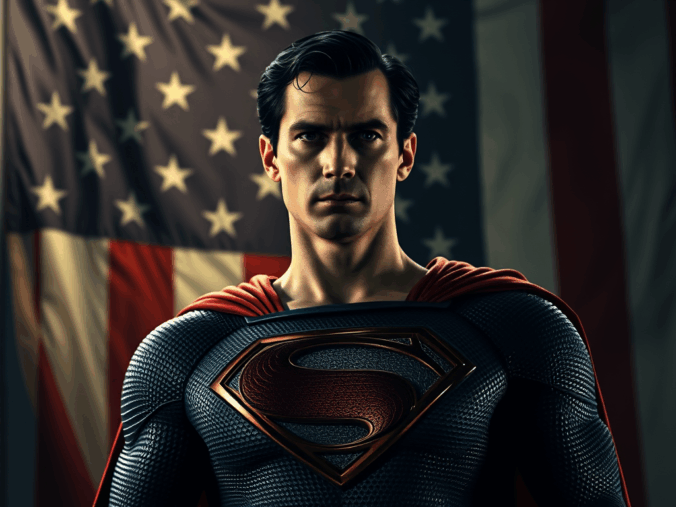











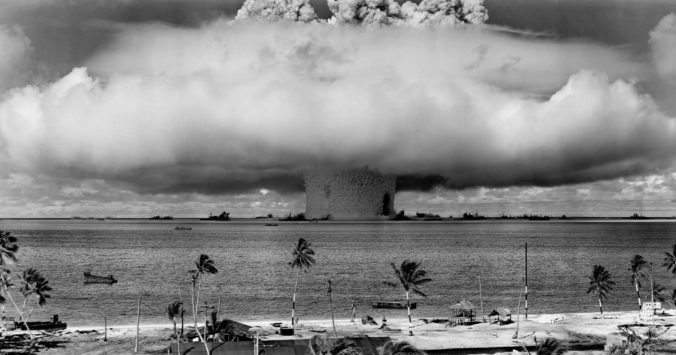














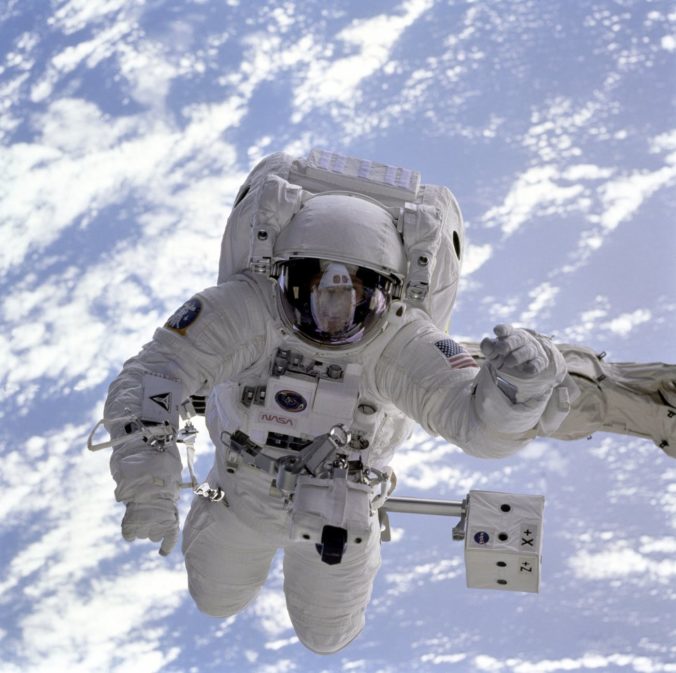
























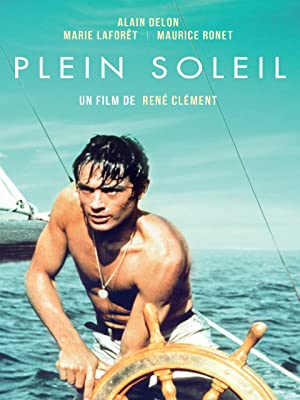











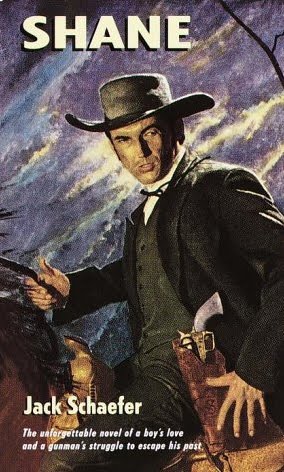







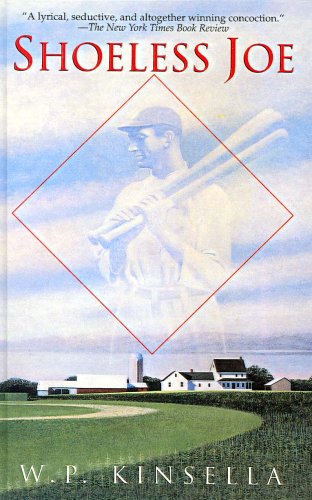

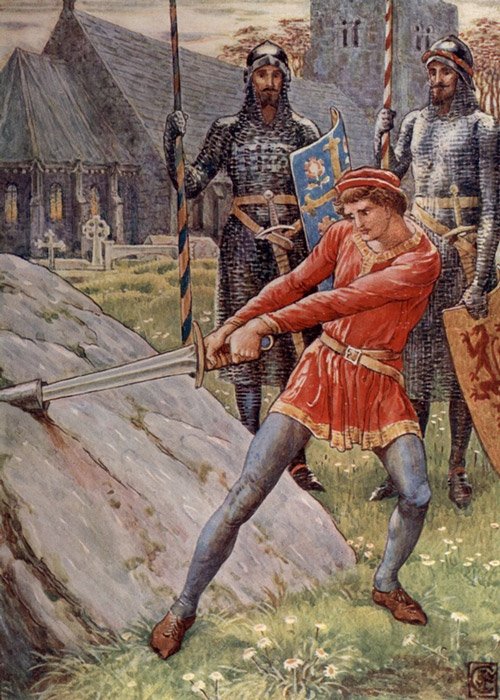
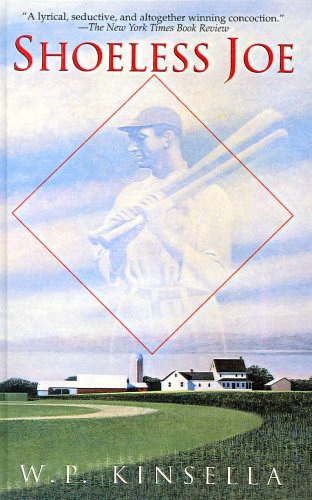
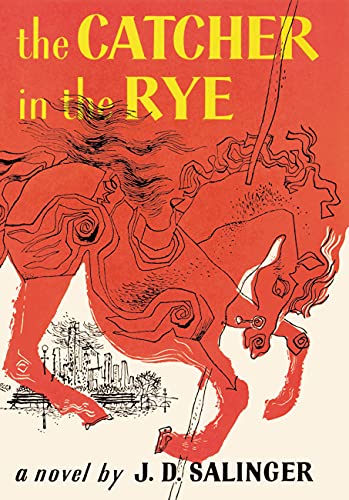
Recent Comments